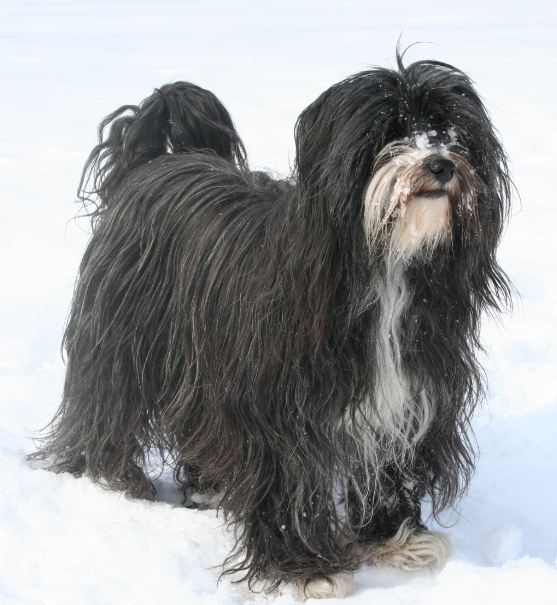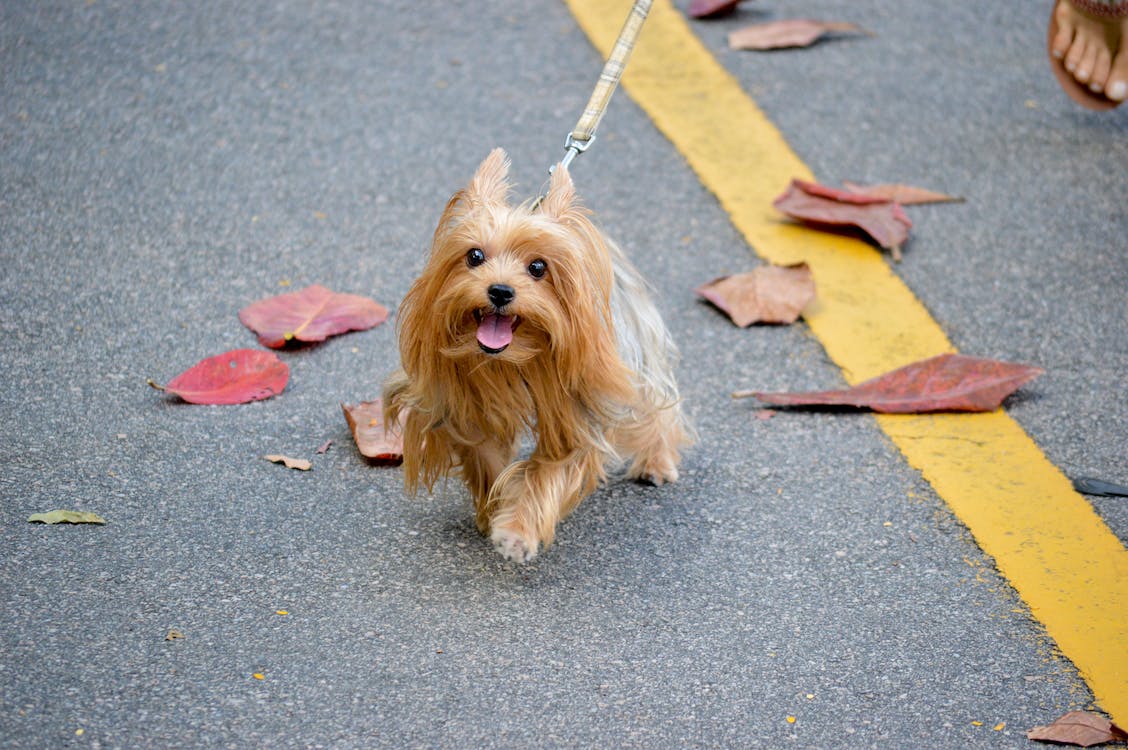His name is quite a misnomer as he is in no way a true terrier. The Tibetan Terrier is an ancient breed deemed to be a bringer of good luck in his homeland and served as an excellent companion of monks and an incredible guard dog to herdsmen in the snowy terrains. Today, he is well-loved for his affectionate, sweet, and mellow personality, making him an excellent pet for people looking for a furry canine family member.
Origins of the Tibetan Terrier
As the breed’s name suggests, the Tibetan Terrier hails from Tibet, but only half of their official designation is correct as he doesn’t possess the traditional terrier traits.
The breed’s long history is believed to have started around two millenniums ago when they were first introduced in the remote Himalayan Buddhist monasteries and served as monks’ companions and luck bringers, earning these canines the title as the “Holy Dogs.” On the other hand, they were also used by nomadic herdsmen and traveled with them across the harsh plains, guarding their tents and protecting their flocks.
With such prestige, Tibetan Terriers were never sold and were only given as gifts. One of the lucky recipients was an English Doctor named Agnes R. H. Greig. A family of a patient she treated gave her a female puppy and started a breeding program after she received another dog. In 1937, the Kennel Club in England recognized the breed and was first imported to the United States during the 1950s. However, it was only in 1973 when the Tibetan Terriers earned the American Kennel Club’s full recognition.
Characteristics of the Tibetan Terrier
Height: 14-17 inches
Weight: 18-30 pounds
Life Expectancy: 15-16 years
Hypoallergenic: Yes
The Tibetan Terrier is a compact, well-proportioned, powerfully-built dog, which allowed him to fulfill all tasks he was assigned to in his rich history. He sports a double coat, characterized by a lavish, straight or slightly wavy topcoat and soft, wooly undercoat, which protected him from the harsh climate in his homeland. His feet are large, flat, and round, creating a snowshoe effect as he walks or runs around, with his free and seamless gait.
In terms of his character, the Tibetan Terrier is a family-oriented breed that loves to partake in his people’s activities and engage in play sessions. He relishes human companionship and affection and will best fit a household where someone can be with him most of the day. Luckily, he is charming, playful, yet also has a laid-back side. He balances his zest for adventures and his love for lounging sessions, making it hard to leave him around.
While he is loving and loyal towards his family, strangers can see his conservative side, being timid and quite suspicious. After all, he used to be a watchdog and may bark at unfamiliar people to alert his owners. Proper socialization can be handy if the habit grows and will help unravel his outgoing temperament.
When it comes to other animals and pets, he is known to live peacefully with them so long as introductions are done carefully. He can be bossy, but that can be toned down if taught at an early age that his owners are the ones under control. As for children, he has no issues taking the role of their new playmate, given that he is treated politely and with respect.
A very adaptable breed, the Tibetan Terrier can adjust to any home, city, or country. He isn’t super active, which makes him an ideal choice for apartment dwellers. As long as his desire for affection and interaction is well-satisfied, he will be an adorable and sweet family pet.
Caring for the Tibetan Terrier
A Tibetan Terrier pups require daily brushing to tame his hair. Once it reaches its full length, brushing it twice or thrice a week can suffice to free it from mats and tangles. While the coat can be kept long, most owners choose to have his hair trimmed short for easier management, especially around his face, as it can be messy after he has eaten.
While he isn’t a super active dog, the Tibetan Terrier would enjoy exercise, training, and play sessions. Use these activities as quality time to spend with this loving dog, and see him relish engaging in these hobbies. Just make sure to check after a walk or the training and play sessions, as his long coat can quickly sweep leaves or twigs along the way.
Like other small dogs, the Tibetan Terrier has faster metabolism, but it doesn’t mean that you need to overfeed him. He still has a small stomach, which means he needs to eat little and often. Consult with your veterinarian to help create a diet plan that would include the necessary nutrients and fit the dog’s needs, energy level, and lifestyle.
In general, the Tibetan Terrier is generally healthy but can sometimes suffer from issues common with other dog breeds, such as hip dysplasia and eye disorders like progressive retinal atrophy, cataract, and lens luxation. Eye tests and hip scoring are essential prior to breeding to lessen the likelihood of the health concerns to be passed on to the pups. Make sure to deal with a reputable breeder that practices responsible breeding can help you get a healthy Tibetan Terrier that can be your longtime canine companion.


